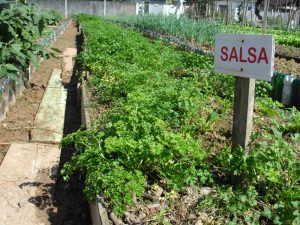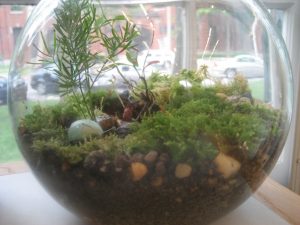Last Updated on July 29, 2023 by teamobn
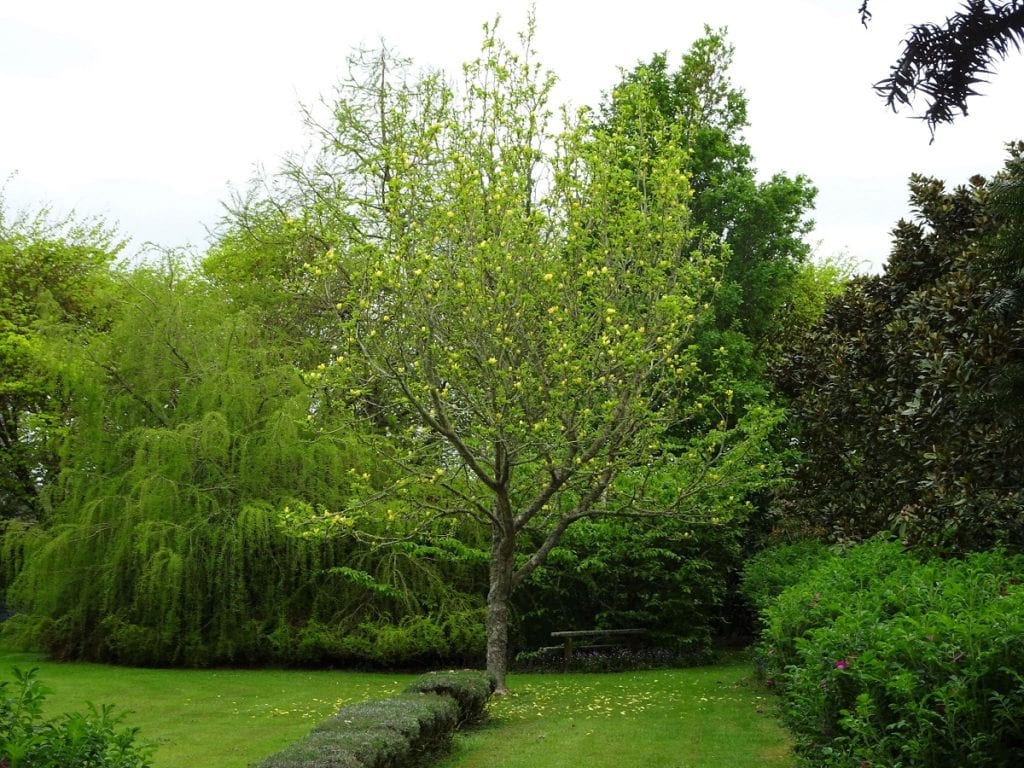
Fall is an excellent time for planting trees. Many nurseries dig bare-root plants in the fall, sell some, and store the remainder through winter. The young plants are fresher in the fall, so you’ll get a wider, more robust selection.

If you’ve never planted a tree, but want to grow one in your garden or yard, here are the steps you need to take.
The First Step: Find the Right Location for Your Tree!
Contents
Pay attention to the tree’s need for sunlight and soil drainage. In this case, no amount of care can remedy a serious mismatch. Moving a tree requires muscle, patience, and time, and even then you are never assured of success.
Check the soil. If it is ready for digging, it will be moist enough to crumble. If the soil is not ready, wait for it to dry or water it.
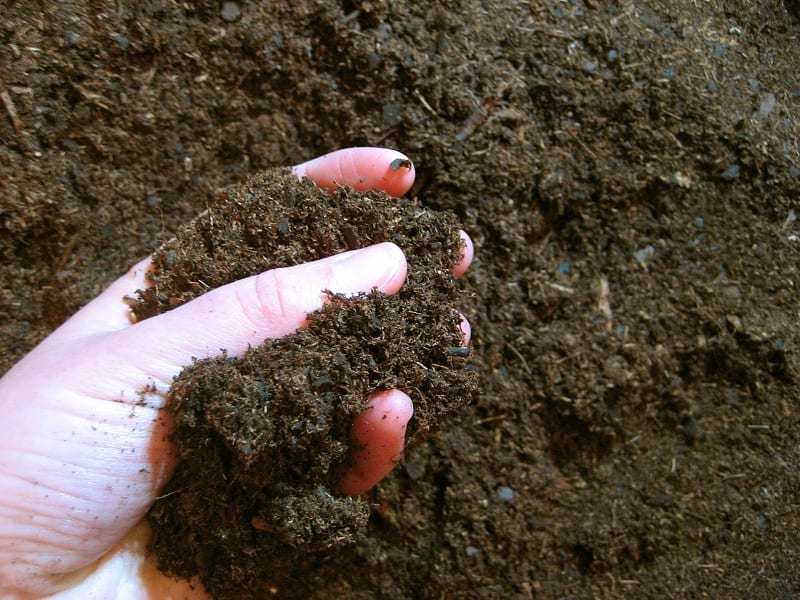
Step 2: Dig that Hole
You should dig a hole wide and deep enough to allow you to spread out the roots without bending, breaking, or crowding them. The hole should be twice the width and depth of your tree’s root system.
For a 2-year-old bare-root tree, dig a hole about two feet wide and deep. This should be enough to accommodate the tree’s root system while allowing room to grow.
Be sure to reserve some topsoil. You’ll need it for the next step.
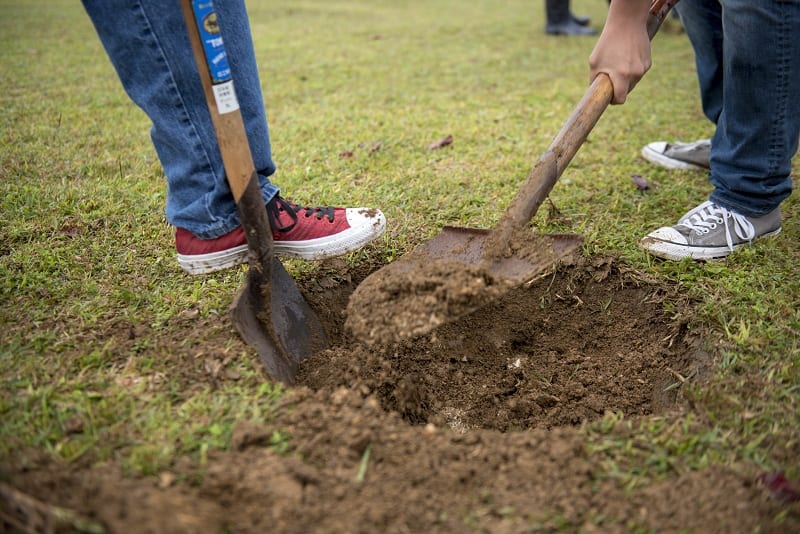
Step 3: Prepare the Soil
Put some of the reserved topsoil into the bottom of the hole where it will do the most good. Form the topsoil into a mound.
Some gardeners will amend the soil with all-natural coconut fiber, which helps air circulation.

Step 4: Place the Tree
Carefully place the tree into the hole. Try to drape the roots over the mound of topsoil you prepared in Step 3 to encourage outward growth.
Straighten the tree in the hole. Before backfilling, have someone view the tree from several directions to confirm it is straight.
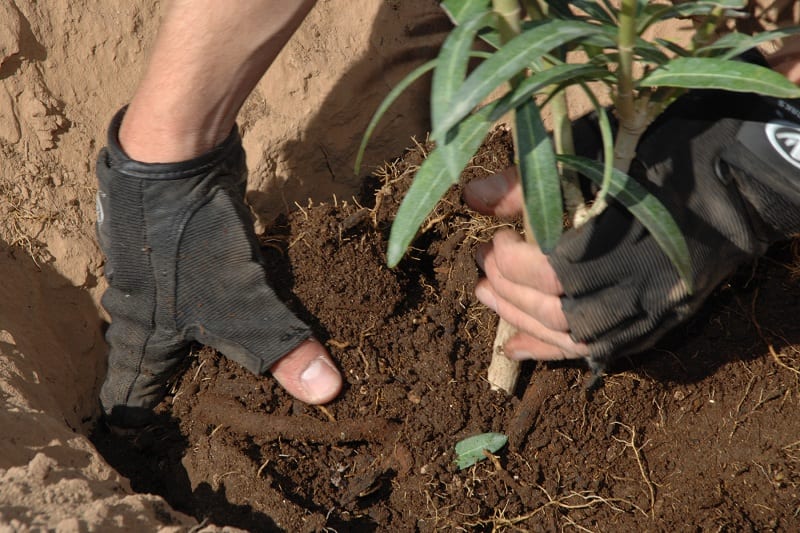
Step 5: Backfill the Hole
Fill the hole gently, but firmly. Pack soil around the base of the root ball to stabilize it. Fill the remainder of the hole, firmly packing the soil to eliminate air pockets that may dry out roots.
You can further reduce air pockets by watering periodically while backfilling. You should avoid fertilization at the time of planting.
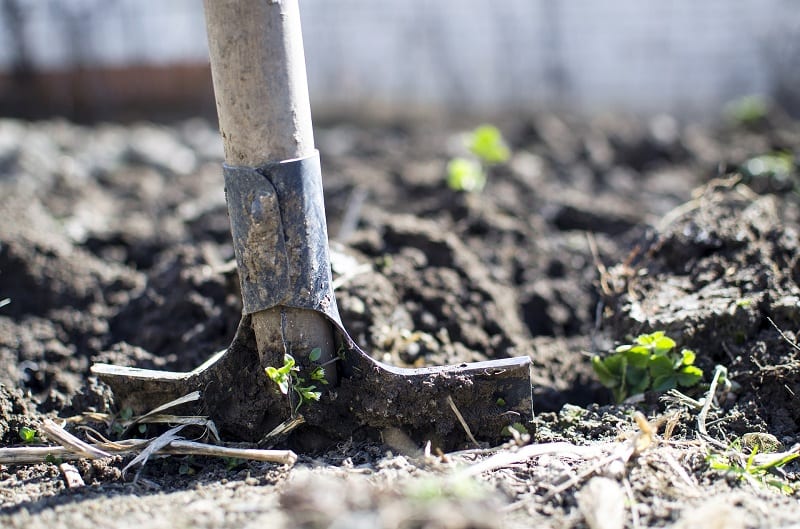
Step 6: Stake Your Tree
Stake your tree for support. Drive the stake through the root ball into the ground underneath. Stake the tree loosely until the roots are established.
Do not over-tighten the system. Larger trees may need one or two more stakes placed a few feet from the trunk.
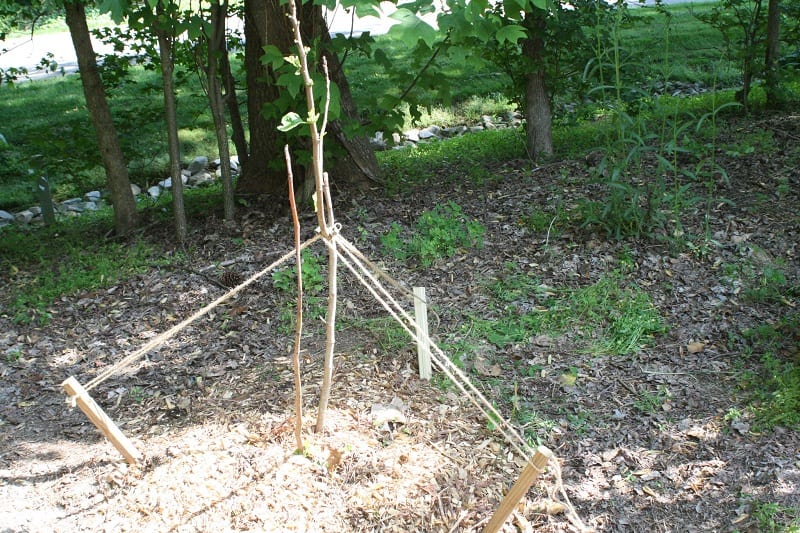
Step 7: Water and Maintain
Slowly soak the ground beneath the tree. Figure on 1 gallon per week per square foot spread of the roots.
Water your new tree right at the root ball every few days for the first several weeks during the growing season. The soil around the root ball should remain moist though not saturated.
You should water throughout the growing season and longer for larger trees. Remember to keep the area around your tree free of weeds!
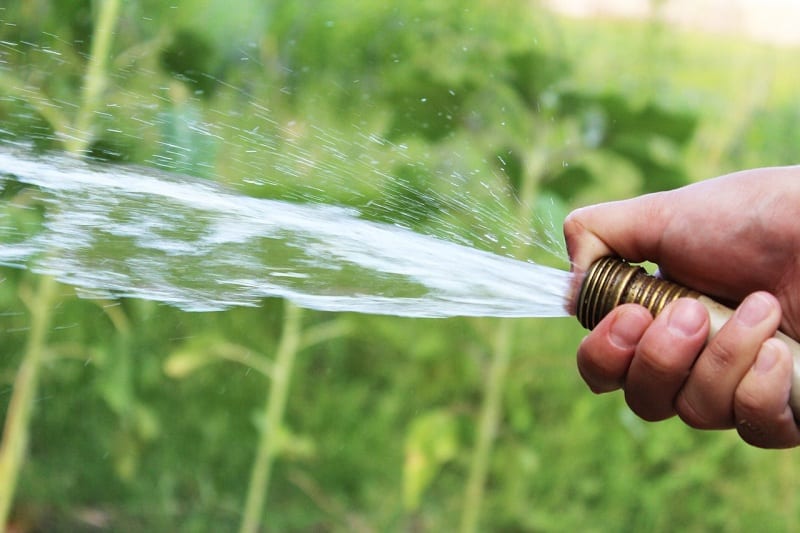
The Magic of Trees
There is something magical about trees.
Trees are our lifeline to cleaner air and a healthier environment. They provide shade, protect us from the wind, and clean the air by trapping dust, pollen, and other pollutants.
They are a wonderful addition to any garden!

Are you ready to plant a tree?


